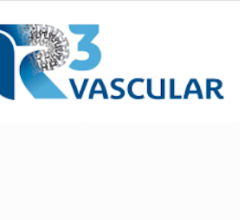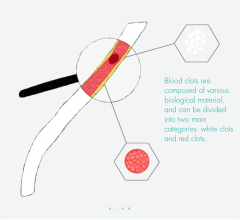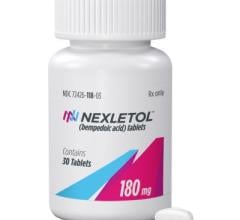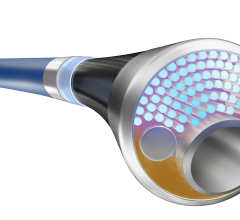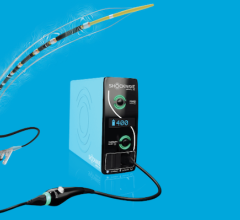
March 22, 2022 – With 60 years of experience, The Cardiovascular Care Group is nationally recognized for vascular and endovascular care. In addition to providing quality care to tens of thousands of patients over the years, The Cardiovascular Care Group has been committed to educating the community on vascular-related conditions through the sharing of knowledge and transparency. Raising awareness of Peripheral Artery Disease (PAD) to prevent amputation is the latest in that effort.
“PAD impacts over 8 million Americans, is the leading cause of amputation and can be associated with a host of other issues such as heart disease and stroke,” said Clifford Sales MD, managing partner of The Cardiovascular Care Group. “As most people are unaware that they have PAD, we felt it prudent to bring it to the forefront of their attention, particularly how to recognize the risk factors and early warning signs.”
Peripheral artery disease, also known as peripheral vascular disease, is the narrowing or blockage of an artery in the leg resulting in reduced blood flow to that leg. This hardening of the artery (atherosclerosis) is a buildup of plaque inside the artery, which reduces the inner size of the artery over time. This plaque buildup occurs throughout the body and may cause heart attacks, strokes, and, in the case of PAD, gangrene and even the need for amputation.
Unfortunately, general awareness of PAD is low with only 25% of patients being diagnosed and treated, mainly due to a lack of symptoms and proper testing. The Cardiovascular Care Group believes consulting with a board-certified Vascular Surgeon, who specializes in this disease process, is a smart step in managing your overall health. In addition, they have developed an online PAD Self-Assessment tool to see if you or anyone you know has some of the PAD indicators.
The main risk factors for PAD include a family history of atherosclerosis, an inactive lifestyle, smoking, diabetes, high cholesterol and high blood pressure. PAD is more common after age 40 and can affect as much as 20% of the population over 65 years of age.
The most common symptoms of PAD are pain or cramping in the legs when walking or exercising (called claudication) that goes away with rest. However, many individuals may not have any symptoms until the artery has narrowed significantly.
For more information: tcvcg.com/


 February 04, 2025
February 04, 2025 
